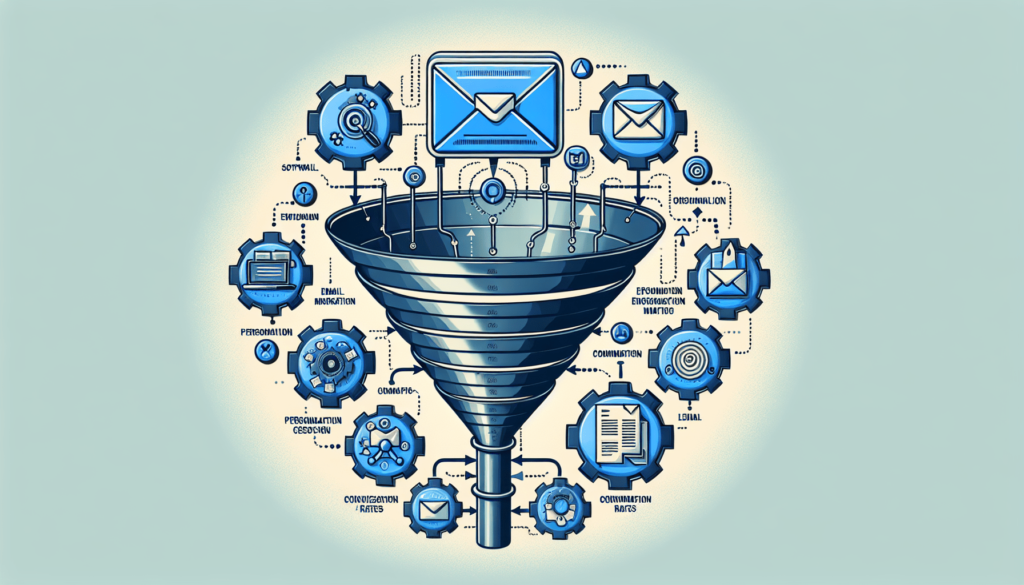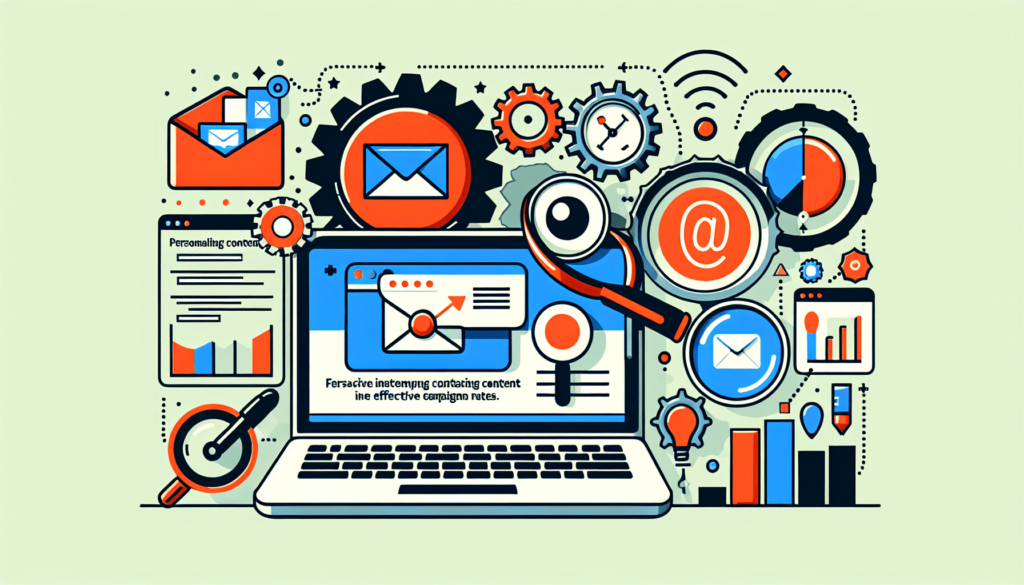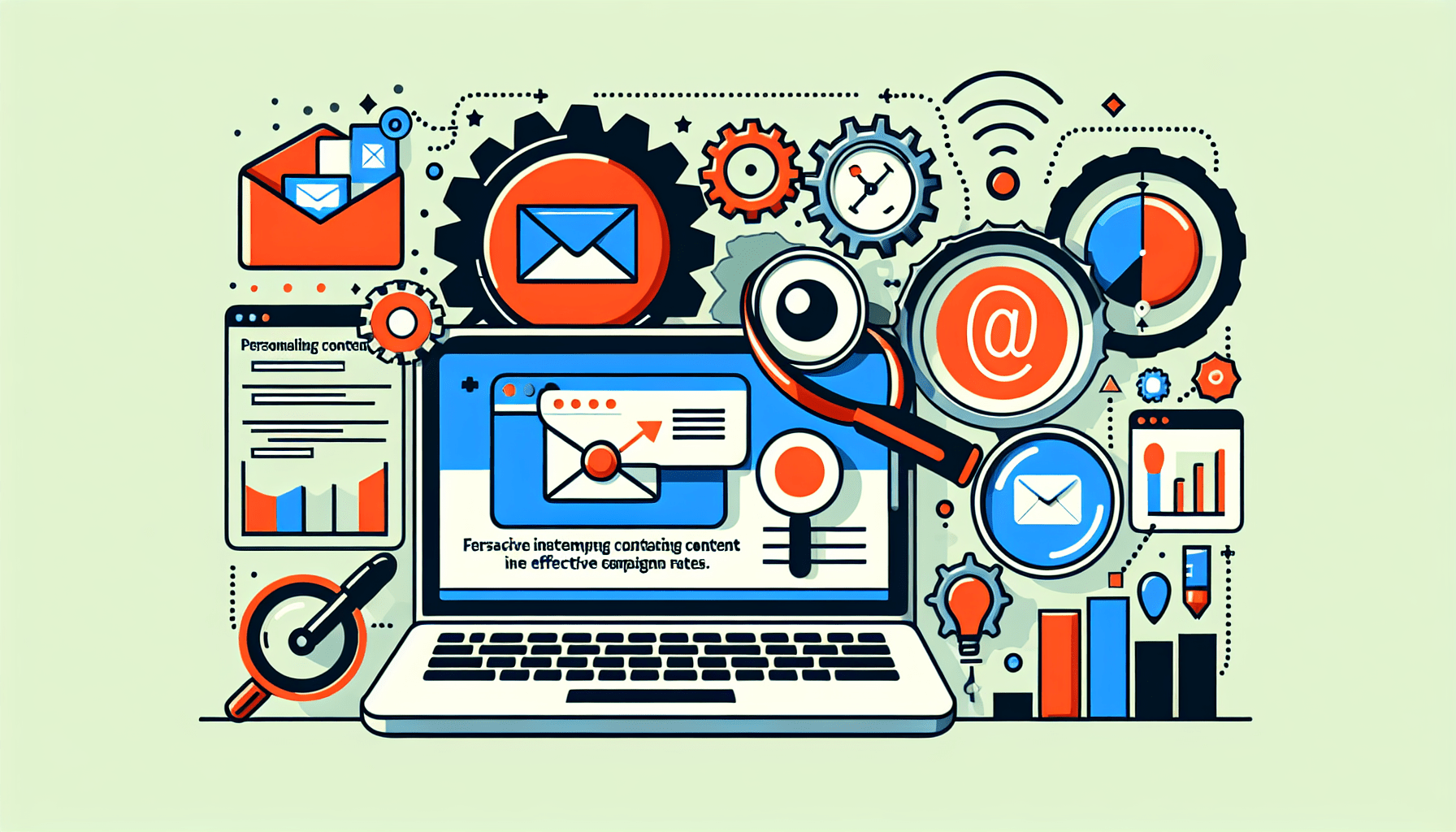Are you tired of spending countless hours manually sending out emails to your subscribers? Look no further! In this article, we will show you how to set up email marketing automation for success. Say goodbye to the tedious task of individually crafting and sending emails – with email marketing automation, you can streamline your communication process and reach your subscribers with targeted messages at the right time. So, let’s dive into the world of email marketing automation and discover how to make it work wonders for your business.
1. Understanding Email Marketing Automation
Email marketing automation refers to the use of technology and software to automate various aspects of email marketing campaigns. It allows businesses to send targeted and personalized emails to their subscribers at specific times or in response to specific events. This method of marketing automation is important because it can save time and effort, while also improving the effectiveness of email campaigns.
The benefits of using email marketing automation are numerous. Firstly, it allows businesses to send timely and relevant emails to their subscribers, increasing the chances of engagement and conversion. Automation also enables businesses to nurture leads and build relationships with their audience through automated email sequences. Additionally, email marketing automation can help businesses stay top of mind with their customers by sending regular updates and promotions without requiring manual effort.
2. Selecting an Email Marketing Automation Platform
When selecting an email marketing automation platform, it is important to research and compare different options to find the one that best suits your business needs. Consider the features offered by each platform, such as email templates, segmentation capabilities, and analytics. Pricing should also be taken into account, as well as any additional costs for features or integrations. Reading reviews and testimonials from other users can provide valuable insights into the platform’s reliability and customer support.

3. Defining Goals and Objectives
Before implementing email marketing automation, it is crucial to set specific and measurable goals. This will help you track the success of your campaigns and make data-driven improvements. Identify key performance indicators (KPIs) that align with your business objectives, such as open rates, click-through rates, and conversion rates. Ensure that your email marketing automation goals are aligned with your overall marketing strategy to maximize results.
4. Building a Quality Email List
Building a quality email list is essential for effective email marketing automation. Implement lead generation strategies such as offering valuable content in exchange for email addresses, conducting webinars or events, or running targeted advertising campaigns. It is important to use ethical and compliant methods to acquire email addresses, ensuring that subscribers have opted-in to receive emails from your business. Segmenting your email list based on demographics, interests, or behavior can also help personalize your email marketing efforts and improve campaign performance.

5. Creating Engaging Email Content
Crafting attention-grabbing subject lines is key to increasing open rates and getting your emails noticed. Write persuasive and compelling email copy that clearly communicates the value and benefits of your offer. Incorporate visuals and multimedia elements to make your emails more visually appealing and engaging. A/B testing different email designs and content can help you identify which variations perform better and optimize your campaigns for higher conversion rates.
6. Designing Effective Email Workflows
To design effective email workflows, it is essential to map out the customer journey and identify trigger events and actions that will prompt automated emails. Consider the different stages of the customer lifecycle, from initial contact to conversion and beyond. Create automated workflows for different customer segments based on their behavior and preferences. Personalize emails based on specific actions or events, such as abandoned cart reminders or personalized product recommendations, to increase engagement and conversions.
7. Implementing Email Personalization
Using customer data to personalize email content is a powerful strategy for increasing engagement and conversions. Dynamic content insertion allows you to customize email content based on user attributes, such as location, purchase history, or preferences. Implementing personalization tokens and merge fields enables you to address subscribers by their name and provide a more personalized experience. By tailoring emails to the individual needs and interests of your subscribers, you can significantly improve the effectiveness of your email marketing automation.
8. Optimizing Email Deliverability
To ensure that your emails reach the intended recipients’ inboxes, it is crucial to maintain a clean email list. Regularly clean your list by removing invalid or inactive email addresses to improve deliverability rates. Follow email deliverability best practices, such as using a reputable email service provider, avoiding spam triggers in your email content, and authenticating your emails with DKIM and SPF. Monitor and improve email open rates and click-through rates to gauge the effectiveness of your email deliverability efforts. Conducting regular email deliverability tests can help identify and resolve any issues that may be affecting the deliverability of your emails.
9. Tracking and Analyzing Email Campaign Performance
Setting up tracking and analytics tools is essential for measuring the performance of your email campaigns. Monitor open rates, click-through rates, and conversion rates to gain insights into the effectiveness of your email marketing efforts. Track email campaign ROI by attributing sales or conversions back to specific email campaigns or segments. Use the data collected to make data-driven adjustments and improvements to optimize future campaigns.
10. Continuous Testing and Optimization
Continuous testing and optimization are key to maximizing the success of your email marketing automation. Conduct A/B tests for subject lines, email content, and design to identify which elements perform best and generate higher engagement. Test different sending times to determine when your subscribers are most likely to engage with your emails. Experiment with different automation workflows to find the most effective sequences for your specific audience. Gathering and utilizing customer feedback can provide valuable insights for refining your email marketing automation strategy. By continuously testing and optimizing your email campaigns, you can ensure that they remain effective and relevant over time.
In conclusion, email marketing automation is a powerful tool for businesses looking to enhance their email marketing efforts. Understanding the importance of email marketing automation and selecting the right platform are essential first steps. Defining goals and objectives, building a quality email list, creating engaging content, and designing effective email workflows are all key components of successful email marketing automation. Implementing email personalization, optimizing email deliverability, and tracking and analyzing campaign performance will help you measure success and make data-driven improvements. Continuously testing and optimizing your email marketing automation strategy will ensure long-term success and engagement with your subscribers.

